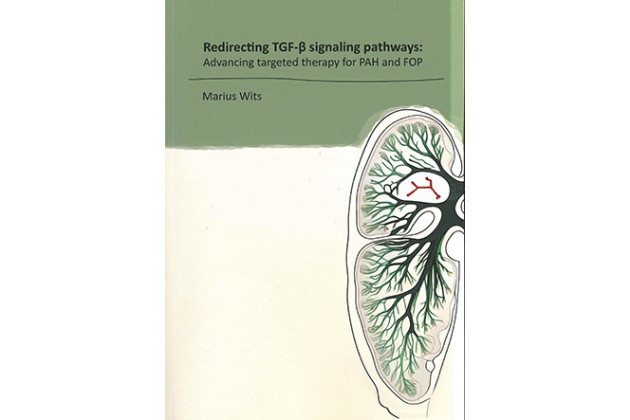UBIQUITYLATION AND SUMOYLATION
We are studying post-translational modification by ubiquitin and the ubiquitin-like protein SUMO. Ubiquitylation and sumoylation are critical for eukaryotic life and regulate a wide variety of cellular processes including transcription, pre-mRNA splicing, translation, transport, replication and DNA repair. The conjugation pathway of SUMO is similar to the conjugation pathway of ubiquitin and consists of specific E1, E2 and E3 enzymes. Ubiquitylation and sumoylation are reversible processes; Specific proteases can remove these modifications from target proteins.
We are studying ubiquitylation and sumoylation at a proteome wide level and have uncovered thousands of target proteins. We have developed novel methodology to study protein sumoylation in a site-specific manner at a proteome wide level. 40,765 SUMO-2 acceptor lysines were found in 6,747 target proteins. Two novel sumoylation consensus motifs were identified including the inverted sumoylation consensus motif [ED]xK[VILFP] and the Hydrophobic Cluster sumoylation Motif (HCSM). Furthermore, we uncovered hundreds of proteins that can interact with SUMO in a non-covalent manner.
A ROLE FOR SUMO IN IMMUNITY
Recently, we found that inhibition of sumoylation activates anti-cancer immunity. We employ a clinical-grade sumoylation inhibitor in mouse tumor models. Interestingly, this inhibitor activates the immune system by inducing type I and type II interferon signaling. Single cell RNA sequencing revealed activation of the interferon response in lymphocytes including T lymphocytes and NK cells. Treatment of CD8 T cells ex vivo induced activation of STAT1 and interferon target genes. Our findings indicate that pharmacological inhibition of the SUMO pathway represents a potential strategy to target cancer via a dual mechanism: inhibiting cancer cell cycle progression and activating anti-tumour immunity by inducing interferon signaling. Currently, we are using sumoylation inhibition with complementary therapies including TCR-therapy to develop efficient combination therapies.
A ROLE FOR SUMO TO MAINTAIN GENOME STABILITY
We use our methodology to study the role of SUMO-2 in the DNA damage response. Remarkably, the histone demethylase JARID1C/KDM5C is sumoylated and recruited to the chromatin in response to DNA damage to demethylate histone H3K4 to reduce global transcription levels. Furthermore, sumoylation and PARylation cooperate to recruit and stabilize the nuclease scaffold SLX4 at DNA damage sites. Moreover, desumoylation by SUMO protease SENP6 is vital for genome integrity.
Selected SUMO target proteins are studied at the functional and mechanistic level to obtain novel insight in cellular processes that are regulated by sumoylation. We have identified a novel SUMO target protein, the Forkhead box transcription factor M1 (FoxM1), a key regulator of cell-cycle progression and chromosome segregation. We found that a sumoylation-deficient FoxM1 mutant was less active compared to wild-type FoxM1, implying that sumoylation of the protein enhanced its transcriptional activity. Mechanistically, sumoylation blocked the dimerization of FoxM1, thereby relieving FoxM1 autorepression. Cells deficient for FoxM1 sumoylation showed increased levels of polyploidy. These findings contribute to understanding the role critical of sumoylation to maintain genome stability during mitosis.
POST-TRANSLATIONAL MODIFICATION CROSSTALK
Direct mass spectrometric evidence was found for crosstalk between sumoylation and phosphorylation with a preferred spacer between the sumoylated lysine and the phosphorylated serine of four residues. Additionally, we found crosstalk between sumoylation and acetylation regulating histone H3.
We also found crosstalk between SUMO-2/3 and the ubiquitin-proteasome system. This includes activation of the APC/C by sumoylation of the APC4 subunit. A key substrate regulated by SUMO-2/3 ubiquitin crosstalk is c-Myc. This pathway includes SUMO-targeted ubiquitin E3 ligases including RNF4 that bind sumoylated proteins. This pathway is critical for genome stability. Furthermore, we found that USP11 binds to RNF4 and counteracts its activity.


